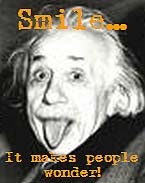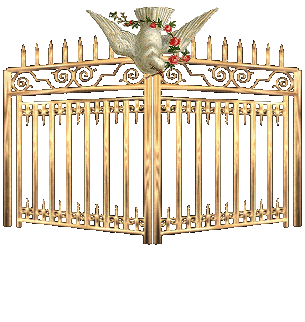INTRODUCTION:
Biology: Atoms
The wonders of a tiny cell ( The Biological "ATOM" With LIFE!)
Anatomy: Axial System Overview
Learn the Skeleton: Anatomy in Clay (TM)
Human bones, muscles, skeletal system
How the Body Works : Skeletal Muscles
Skeletal Muscles
The voluntary or skeletal muscle system consists of more than 650 muscles, which produce body movement and help maintain an upright posture. Voluntary muscles are The voluntary or skeletal muscle system consists of more than 650 muscles, which produce body movement and help maintain an upright posture. built onto the skeletal framework in several layers; the ones shown here are those directly under the skin. Facial muscles are involved in speech, eating, and expression. Muscles across the chest and the top of the back function in respiration and are also responsible for shoulder and arm movements. Muscles in the lower back help to maintain an erect posture. Abdominal muscles protect the internal organs. Arm and leg muscles, among the most powerful in the body, produce limb movements. Acting like cables, muscles pull on bones to produce movement. This involves the contraction and shortening of individual muscle fibers. Most of the body's voluntary muscles are arranged in opposing groups-as one muscle contracts the opposing muscle relaxes. Even when the body is being maintained in a relaxed position the muscles contract partially, but do not shorten. This maintains tone. Anatomy: Muscle TypesBiology: Cell AnatomyAnatomy: Digestive SystemAnatomy: Respiratory System – IntroductionAnatomy: Urinary SystemAnatomy: Nervous SystemAnatomy: Cardiovascular SystemAnatomy: Lymphatic SystemAnatomy: Endocrine SystemAnatomy: Eye Neurons, Lens, and Accessory Structures
Biology: Atoms
The wonders of a tiny cell ( The Biological "ATOM" With LIFE!)
Anatomy: Axial System Overview
Learn the Skeleton: Anatomy in Clay (TM)
Human bones, muscles, skeletal system
How the Body Works : Skeletal Muscles
Skeletal Muscles
The voluntary or skeletal muscle system consists of more than 650 muscles, which produce body movement and help maintain an upright posture. Voluntary muscles are The voluntary or skeletal muscle system consists of more than 650 muscles, which produce body movement and help maintain an upright posture. built onto the skeletal framework in several layers; the ones shown here are those directly under the skin. Facial muscles are involved in speech, eating, and expression. Muscles across the chest and the top of the back function in respiration and are also responsible for shoulder and arm movements. Muscles in the lower back help to maintain an erect posture. Abdominal muscles protect the internal organs. Arm and leg muscles, among the most powerful in the body, produce limb movements. Acting like cables, muscles pull on bones to produce movement. This involves the contraction and shortening of individual muscle fibers. Most of the body's voluntary muscles are arranged in opposing groups-as one muscle contracts the opposing muscle relaxes. Even when the body is being maintained in a relaxed position the muscles contract partially, but do not shorten. This maintains tone. Anatomy: Muscle TypesBiology: Cell AnatomyAnatomy: Digestive SystemAnatomy: Respiratory System – IntroductionAnatomy: Urinary SystemAnatomy: Nervous SystemAnatomy: Cardiovascular SystemAnatomy: Lymphatic SystemAnatomy: Endocrine SystemAnatomy: Eye Neurons, Lens, and Accessory Structures











No comments:
Post a Comment